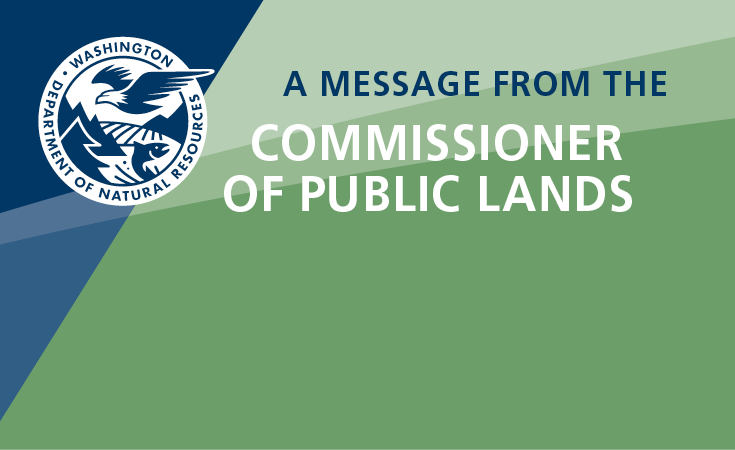
Several conditions must be met for oil or natural gas to be economical. There must be a source rock wherein petroleum is formed as a result of organic material that is buried and then subjected to heat and pressure. There must also be an overlying reservoir in which sufficient quantities of oil or gas is collected. The reservoir must be permeable and porous, allowing oil and gas to migrate and concentrate upward (they are less dense than water). There must also be another overlying impermeable layer, or seal, that traps the oil and gas and prevents them from reaching the surface.
[Read more]
OIL AND GAS IN WASHINGTON
Currently, there is no oil and gas production in Washington. However there are many areas of the state that have attracted exploration since 1900 when the first exploration well was drilled. About 600 exploratory gas and oil wells have been drilled in Washington, but large-scale commercial production has never occurred. Small amounts of gas (1.3 billion cubic feet of gas) were produced briefly from the Rattlesnake Hills Gas Field north of Richland and a small amount (12,000 barrels) of oil in the Ocean City area from 1957-1961. The most oil and gas ‘shows’ in wells were found in both Bellingham basin east of Ferndale and the Ocean City area west–northwest of Hoquiam. No oil or gas have been produced in Washington State for decades. For more information, see USGS Professional Paper 1582, Petroleum Geology of the State of Washington.
Exploration has resulted in the successful development of a natural gas storage reservoir. The Jackson Prairie Gas Storage Facility in Lewis County is the nation’s 14th largest natural gas storage reservoir, developed within sandstone layers at depths of 1,000 to 3,000 feet. Operated by Puget Sound Energy, the reservoir has a capacity of 44 billion cubic feet, and is accessed by a network of 45 wells.

MINERAL RIGHTS
The right to drill for natural gas in Washington is controlled by mineral estate owners. The mineral estate may be owned by the surface owner or by another party such as descendants of homesteaders, state or federal government, large timber companies, or previous landowners who chose to retain the mineral rights upon selling the land. No mineral estate owner is under any obligation to lease their mineral rights.
MORE INFORMATION
The Washington Geological Survey regulates oil and gas drilling. Visit the Rules, Regulation, and Forms page for regulations, forms, and permit fee information.
The Washington Geologic Information Portal displays all of the dry oil and gas exploration wells and gas storage wells drilled in Washington State. This data is also available for download in GIS geodatabase format. Open File Report 2012-02 provides this information in Excel format. Links to scans of geophysical logs and other permitting documents for many of the drilled wells are also available within all of these products
For more information on energy issues in the northwest, access the websites of the Washington Utilities and Transportation Commission and the Northwest Power and Conservation Council.


